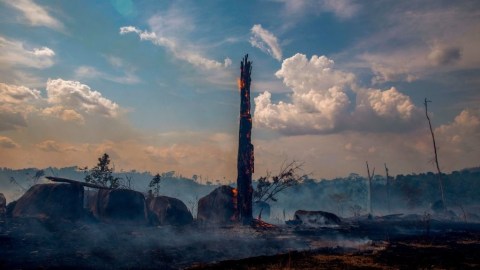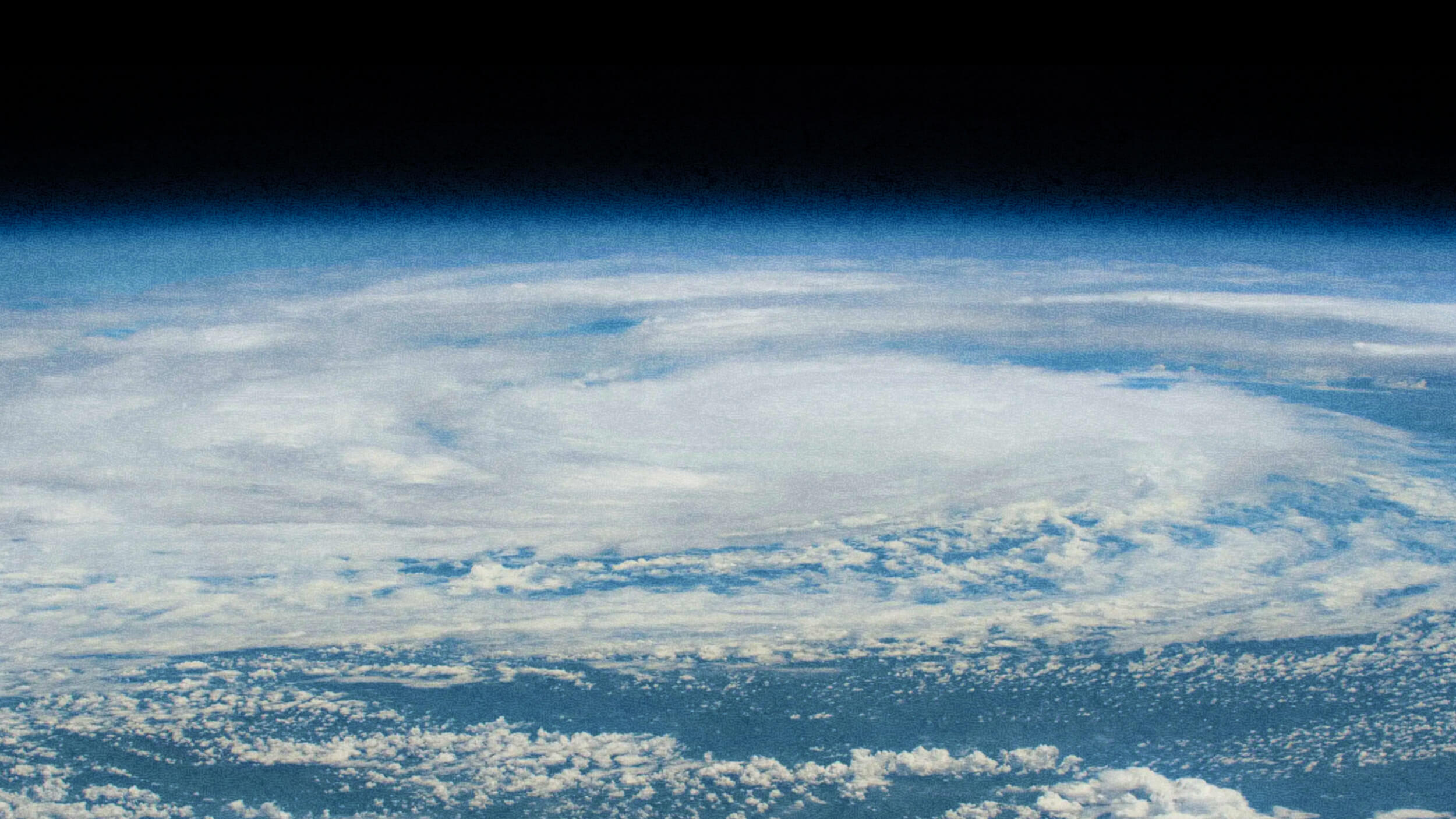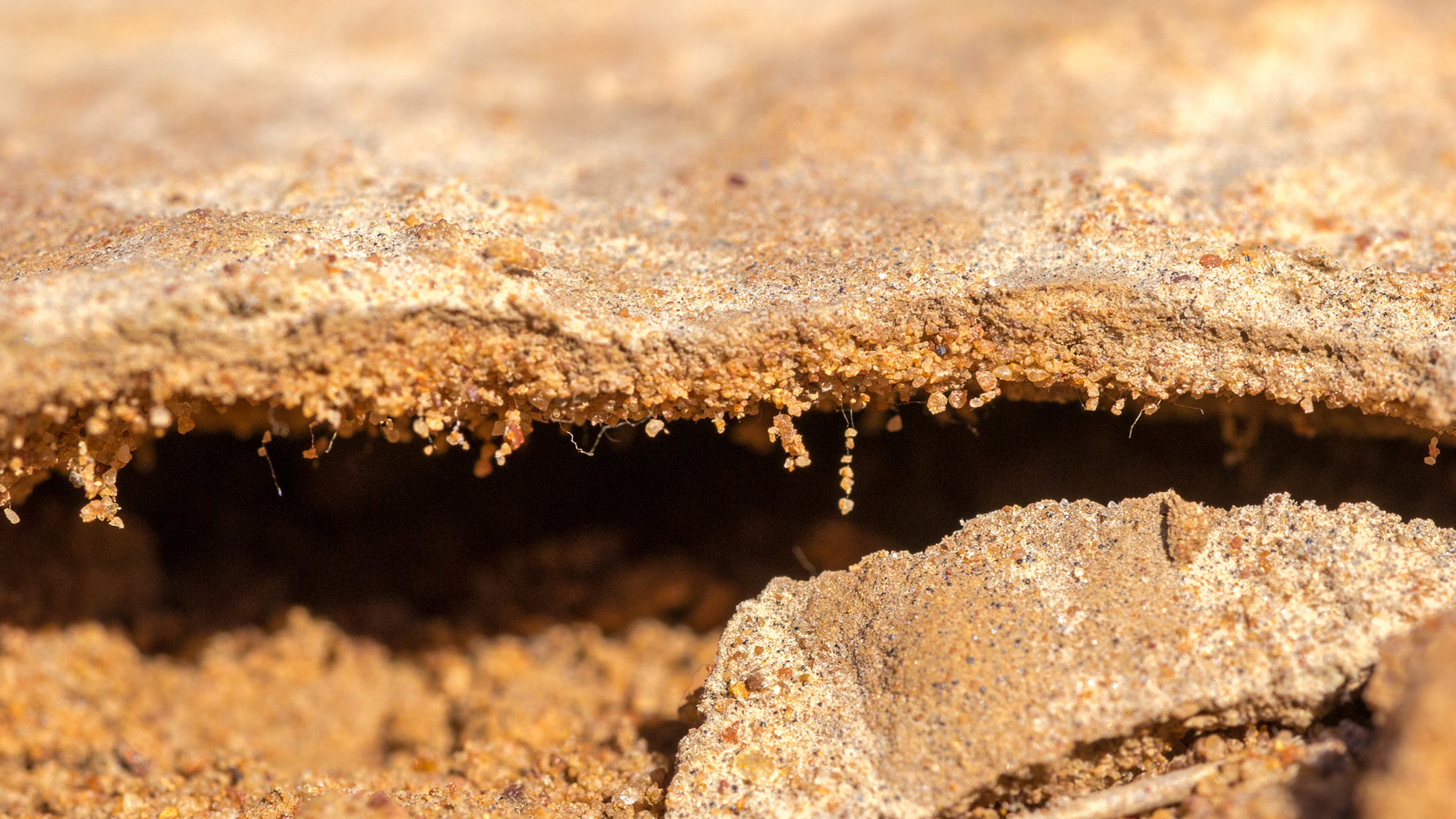How deforesting the Amazon causes warming in distant areas

OAO LAET / Getty
- A new study used satellite imagery and temperature data to examine the non-local effects of deforestation in the Brazilian Amazon.
- Trees help to stabilize temperatures by evaporating water during photosynthesis, but deforestation disrupts the natural amount of tree cover.
- Recently, some nations have started planting trees as a way to combat climate change.
When farmers, ranchers or loggers deforest a plot of land in the rainforest, the loss of tree cover not only causes warming around that land, but also in areas up to 30 miles away, according to new research.
The study, published in Environmental Research Letters, describes how a global team of scientists used satellite images of the Brazilian Amazon to identify various areas of deforested land from 2000 to 2015. To see how deforestation affected local warming, the researchers identified changes in daily maximum temperature of deforested land and undisturbed forested land.
The results show that deforestation can cause distant areas to warm, and more so than previously thought.
“The fact that temperatures are sensitive to the loss of forest cover from up to 50km away is a surprise – it’s much further than we anticipated,” Associate Professor Sally Thompson, from UWA’s School of Civil, Environmental and Mining Engineering and UWA Institute of Agriculture, told University News of The University of Western Australia. “Overall, we also found deforestation in the Amazon has caused temperatures to rise by about 0.5 degrees Celsius, with those temperature increases evenly split between the warming occurring where forest was lost and warming around that area.”
The loss of tree cover is one of the main drivers of local warming from deforestation.
“Tree cover stabilises temperatures, because trees use water when they photosynthesise, and their evaporation cools the land,” Thompson said. “If you replace forests with crops, which use much less water, temperatures can increase by as much as two degrees Celsius.”
This summer saw an unusually high number of fires in the Brazilian Amazon. Most of the fires were started by farmers and ranchers, likely encouraged in part by the anti-conservation rhetoric of Brazil’s president, Jair Bolsonaro, and also by the nation’s struggling economy. But while deforesting land yields short-term benefits for farmers and ranchers, it could prove costly for them over the long term.
“…our research highlights the long-ranging impact on temperatures from deforestation and how farmers will benefit from forest conservation, which will help protect crops and stock from the worst of temperature extremes,” Thompson said.
How planting trees combats global warming
A study published in July found that planting trees is, “by far — by thousands of times” the cheapest and most effective climate change solution, study co-author Thomas Crowther, a climate change ecologist at the Swiss Federal Institute of Technology in Zurich, told The Associated Press.
Why? As Thompson said, trees help to cool nearby land by evaporating water during photosynthesis, and trees also block sunlight from hitting – and warming – the earth. In a broader sense, trees, especially young trees, absorb a ton of carbon dioxide from the atmosphere: Over a 40-year period, one tree can absorb as much as 1 ton of carbon dioxide.
Some countries are starting tree-planting projects to mitigate the effects of climate change. Recently, Ethiopia broke a record by planting 350 million trees in one day, and this week Ireland announced plans to plant 22 million trees per year over the next 20 years.





